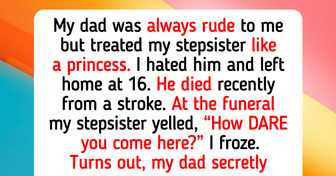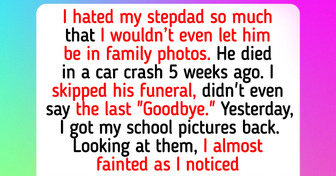My Coworker Reports Everyone to HR to Get Bonuses—So I Turned the Tables

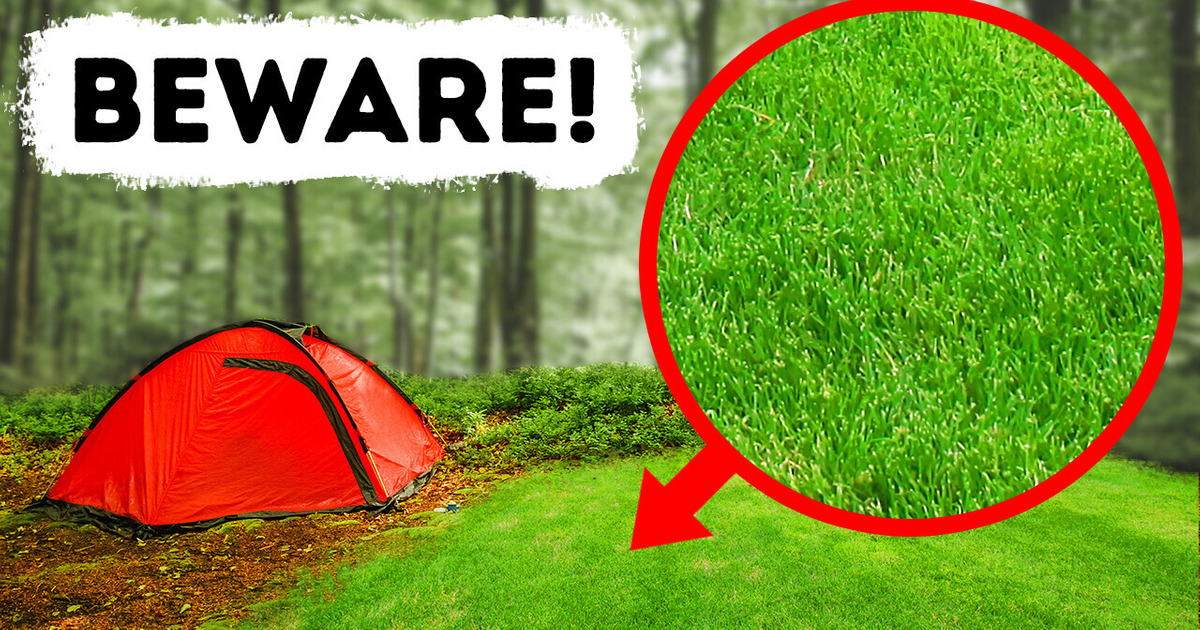

The woods around are dense, and there’s no suitable place to put up your tent. Then, you notice a nice green patch completely devoid of trees and only sprinkled with some low-growing bushes. Well, you go there, smug about your find, and get to work on the tent.
The ground is unusually soft and smooth, but that doesn’t bother you too much — all the better, the pegs go into the soil like a knife into butter. By the time you’re done, it’s dark already, so you get inside the tent and crawl into your cozy sleeping bag.
You wake up from a creeping feeling that something’s not right. You feel... wet? You start wriggling inside your bag and yes, it’s almost completely soaked from below! You rush out of the tent as quickly as you can and see that it’s started to sink into the ground. Turns out you’ve set up camp on a swamp!

And you’ve been lucky, too. Swamps aren’t always obvious — sometimes you won’t even see them until you’re knee-deep in muck and trouble.
Getting out of there can be tricky as well: the moss and roots create a soft padding that’s slowly pulling you under, and when you try to raise your feet, you might end up without your boots.
Telling a forest swamp is fairly easy when you know what to look for. If you’re in a dense thicket and see a lush, sunlit glade where nothing but moss and an occasional bush grows, chances are high it’s a swamp.
You can also check it by stepping lightly on this serene ground. If it feels springy, better stay away. One other thing the swamp can be dangerous for is, surprisingly, a forest fire. If you stay too close to a swamp and start a campfire, it might catch on, especially if there’s a strong wind.
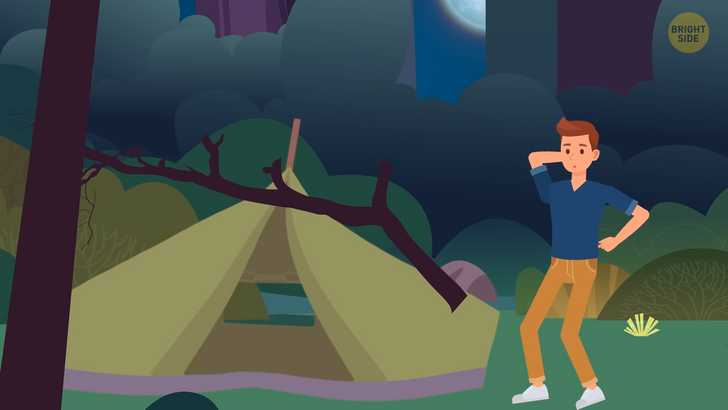
Swamps and marshes are chock-full of tar hidden underneath the layers of water and moss. When it starts to burn, extinguishing it is nearly impossible. Always keep a safe distance from any swamp before starting a campfire.
Another common mistake while breaking camp in the wild is not looking up. Let’s say you’ve found some solid ground to put up the tent, cleared it from all the nasty cones and stones, and made sure there aren’t any anthills close by.
You don’t want anything to creep inside your sleeping bag at night, do you? The spot you’ve chosen is perfect, and the tree your tent is leaning to protects you from the wind and rain.
You set up for the night, turning off your camping light... and suddenly, your tent is thrashing as if a wild beast has attacked you. Bewildered, you scramble out — and see a huge branch has fallen on top of your tent.
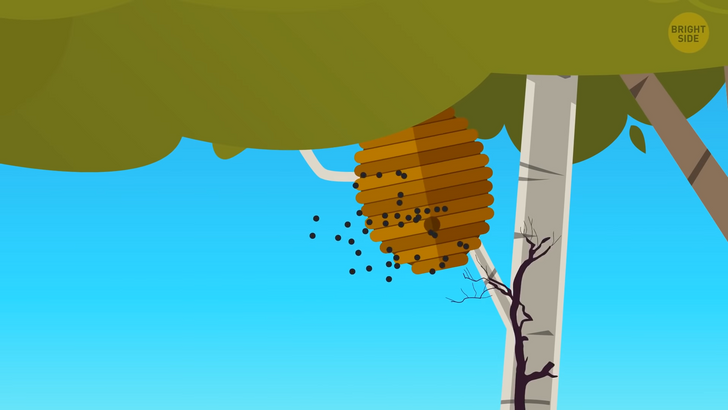
The worst thing about this is that you would’ve seen it coming if only you’d looked up before setting up camp. Half-broken and rotten branches are easy to spot, and it’s never a good idea to put your tent straight beneath them.
Such a thing can break off at any moment, and you’ll be lucky if it doesn’t tear your tent and harm you. You know, crunch? Dozens of tourists make this mistake every year and often pay dearly for it.
Looking up will also help you make sure there are no wasp nests or spider nets above you. These might prove even worse than a branch because wasps don’t like to be disturbed, and spiders may turn out to be venomous.
Now, if you see a beautiful river and decide to break camp on its banks, pay special attention to where exactly you put up your tent as well. If you stay too close to the water, especially in spring or fall, chances are you’ll find yourself afloat in the middle of the night.
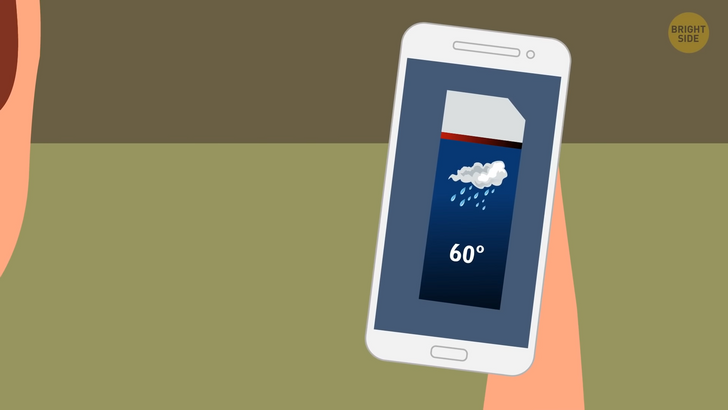
Always check the weather forecast for the day and the night after. If there’s a chance of rain, better stay away from any bodies of water, especially rivers.
The rain might raise the water level in it and make it burst its banks, drowning your little camp and ruining your vacation.
But even if you’re far from water, rain could spoil it for you. Say, you’re once again deep in the forest, and tree crowns are protecting you from the weather. Precipitation still gets to the forest floor, but at least it’s not as bad as in the open.
The next night, when you set up camp in another place, you feel the ground is soft and springy. It’s not a swamp, though — just the last night’s rain has loosened the soil. If you’re in such a spot, you better move to somewhere solid.

The thing is, soft and loose ground might start creeping out from under you at any point. This movement isn’t as dangerous as when you’re in a swamp, but the pegs of your tent might come loose too, and you’ll end up buried underneath a pile of rugs that used to be your tent.
And if you’ve decided to set up your camp in a cozy-looking valley and the rain starts falling when you’re already there, well, prepare for a nice floating trip.
All the water will naturally go down and into your shelter, eventually finding its way under your tent. No wonder you’ll find yourself knee-deep in rainwater when you wake up.
Oh, what a great spot for taking a bit of rest after a long walk! It’s on a hilltop, so there’s no water nearby, the sun’s shining, and not a single tree to block it out.
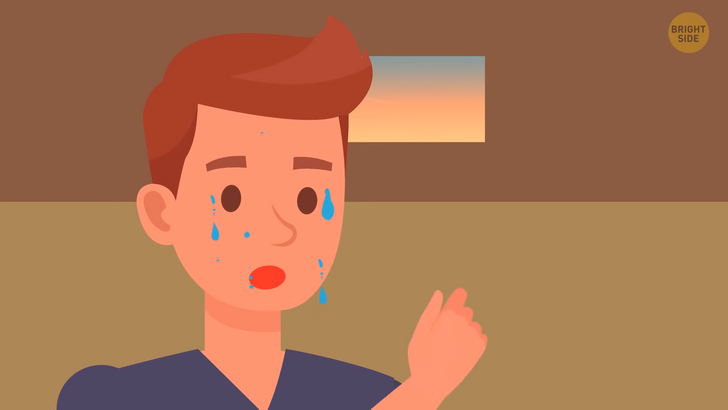
Sunbathing here’s gonna be fabulous! Well, it seems this way for the first few hours, but when you stay here long enough, you’ll see the error of your decision.
Direct sunlight on your tent can make it hot in a matter of hours due to the materials it’s made of. And you’ll feel it on your own skin as soon as you crawl inside — let’s just say you won’t want to stay in there for long until it’s night and the tent’s cooled down at least.
Same thing with the wind: in an open spot, gusts can reach crazy speeds, and if you haven’t been careful while hammering down the pegs, you might say goodbye to your tent sooner than you like. It’s best to find a spot near a tree that would protect you both from the sun and the wind.
Still, don’t get tempted to camp near a lone tree when the weather forecast isn’t in your favor. Both sunny and rainy weather are okay, but if there’s a serious storm coming, a single-standing tree will serve as a lightning rod.

It’s not hard to imagine what may come if lightning strikes a tree you’re camping under. Hey, you might get a charge out of it.
When winter camping, the weather can be even more treacherous. Remember what I said about direct sunlight? Forget it — in winter, it’s best to have the sun shining on your tent.
The cold might get to you no matter how cool and expensive your tent is, and the winds are generally much more vicious in the cold season. Direct sunlight will help you cope with much of the cold.
One of the more common mistakes hikers make is starting a campfire too close to the tent. Again, the material of the tent conducts heat very well, and it’s a good thing when it’s warm. But it also catches on fire easily — sometimes, one spark is enough to burn your shelter to cinders.
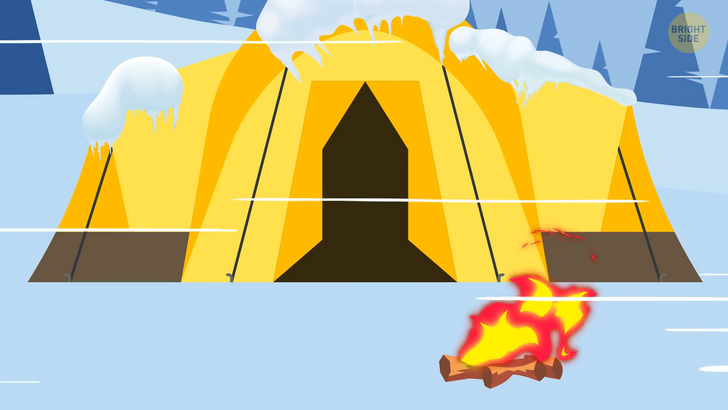
Make sure there’s enough room between your tent and the campfire, and never leave your fire unsupervised. When you go to sleep, it’s a rule to extinguish the fire so that you don’t wake up to a blazing inferno around you.
Insects can ruin even the most exciting hike. Mosquitoes, ants, ticks, and other pesky bugs can find their way into your tent wherever you are, so make sure you protect yourself from them.
Use skin repellants when you go outside and put an anti-insect spiral next to the entrance to your tent. Don’t put it too close or inside, though — the smell is irritating, and it can also cause a fire.
To avoid the best part of mosquitoes and especially ticks, try to stay away from lakes, ponds, and dense forests where swamps may occur. Skeeters reproduce in still water, so areas around such pools are replete with winged pests. But they have a hard time flying when there’s wind, so choosing an open spot is your best bet to get rid of them. Don’t let them bug you!


